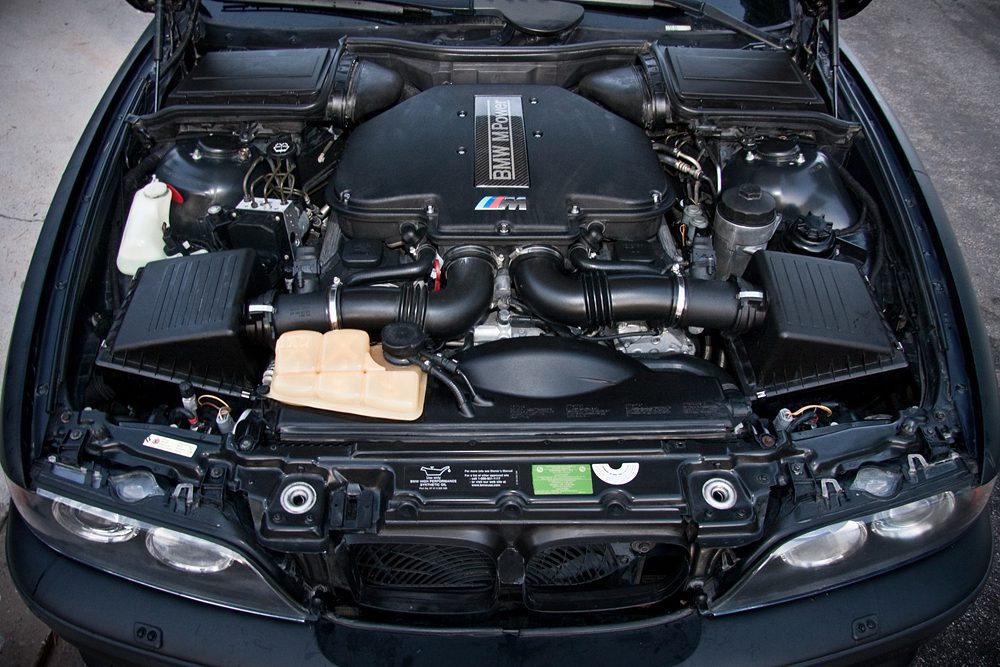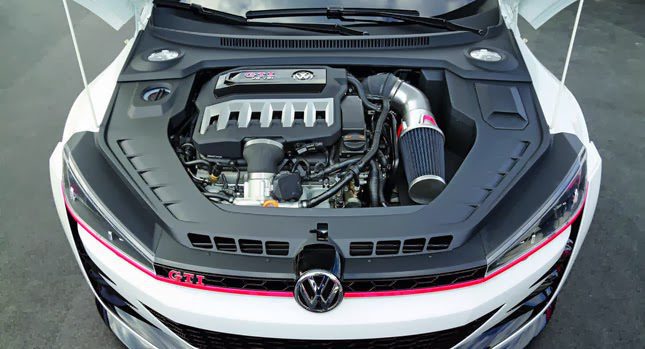Inexpensive Opel Corsa Engine Options for Your Budget
Inexpensive Opel Corsa Engine Options for Your Budget
Blog Article
Reliable and Effective Little Automobile Motor Efficiency Analysis
Examining the performance of little car motors is a nuanced job that requires a keen eye for detail and a deep understanding of vehicle design concepts. By examining key metrics such as horse power and torque, as well as reviewing gas efficiency, we can uncover insights into exactly how little cars and truck engines can be maximized for peak efficiency.

Tiny Vehicle Motor Performance Metrics
In analyzing the efficiency of tiny vehicle motors, essential metrics such as acceleration, fuel effectiveness, and power outcome play a crucial role in determining their overall effectiveness and suitability for different driving conditions. Acceleration, measured in seconds from 0 to 60 miles per hour, indicates how rapidly a little automobile can reach higher speeds, which is important for merging onto highways or overtaking other vehicles. Fuel efficiency, generally measured in miles per gallon (MPG), reflects how far a tiny car can travel on a gallon of fuel, influencing running prices and ecological sustainability. Power outcome, revealed in horsepower (HP) or kilowatts (kW), signifies the engine's capability to create the essential pressure to thrust the lorry, affecting its efficiency in different road problems. By reviewing these efficiency metrics thoroughly, producers, chauffeurs, and automotive fanatics can make enlightened decisions concerning the option and optimization of little vehicle electric motors to meet their details demands and preferences.

Horse Power and Torque Analysis
With a basic function in recognizing small auto motor horsepower, performance and torque evaluation provides insight right into the engine's power distribution qualities. Horse power is a measurement of the engine's capability to do function over time, standing for the rate at which work is done. In the context of tiny car motors, horse power is crucial for identifying velocity, leading speed, and overall performance. Torque, on the various other hand, gauges the engine's rotational force, indicating its capability to get over resistance. Small vehicle engines with higher torque worths typically feel much more receptive and supply far better velocity, making them perfect for city driving and overtaking maneuvers. When examining horse power and torque in tiny car motors, it is necessary to think about exactly how these metrics connect to provide a balanced and reliable driving experience. By understanding the connection in between horse power and torque, vehicle designers can maximize engine efficiency to satisfy the certain demands of little cars and truck applications.
Gas Efficiency Evaluation
The analysis of fuel performance in little vehicle electric motors plays an important role in establishing their economic and ecological impact. Gas efficiency describes the ability of a lorry to utilize gas successfully in regard to the range took a trip. In little car motors, where portable size commonly correlates with much better gas economic climate, numerous factors affect performance. Engine design, weight, the rules of aerodynamics, and driving problems all contribute to just how efficiently fuel is taken in.
To review gas efficiency, metrics such as miles per gallon (MPG) are commonly utilized. This dimension check over here suggests the range a lorry can take a trip each of fuel. Small vehicle motors that accomplish higher MPG scores are taken into consideration extra fuel-efficient, causing price financial savings for drivers and reduced emissions that benefit the environment. Manufacturers continually strive to improve gas performance via improvements in engine modern technology, light-weight materials, and aerodynamic designs.

Maximizing Tiny Car Engine Efficiency
Enhancing the efficiency of little car engines is vital in making the most of efficiency and minimizing operational prices. Optimizing little auto engine performance entails a holistic method that takes into consideration various elements such as engine style, gas management systems, and general lorry dynamics.
Another crucial variable in enhancing small car engine efficiency is the usage of advanced modern technologies such as turbocharging or hybrid systems. These modern technologies can enhance power output without endangering fuel efficiency, supplying a balance in between performance and economic situation. Moreover, optimizing engine efficiency also entails enhancing burning efficiency, decreasing frictional losses, and boosting thermal administration systems.
Future Trends in Small Car Motors
Due to advancing automobile modern technologies and the continuous quest of optimum small automobile engine efficiency, an exploration of future patterns in tiny car motors comes to be important - opel corsa engine. One famous fad coming up is the boosting assimilation of electrical powertrains in small automobiles. As the auto sector shifts towards sustainability a fantastic read and decreased discharges, even more tiny car producers are purchasing electrical motor modern technology to boost performance and ecological friendliness
Another significant trend is the advancement of smaller yet a lot more effective turbocharged engines for little autos. By scaling down engine abilities and incorporating turbocharging technology, automakers can achieve higher power outputs while maintaining gas performance. This trend aligns with the growing customer need for tiny autos that supply a vibrant driving experience without endangering on gas economic situation.
In addition, the emergence of hybrid powertrains in tiny autos is anticipated to get traction in the future. Hybrid systems offer the advantages of both inner burning engines and electric motors, offering improved efficiency and gas effectiveness. As developments in battery technology proceed, tiny auto motors are likely to become a lot more effective and powerful, satisfying the developing needs of customers and regulative requirements for cleaner transport options.
Final Thought
In final thought, the evaluation of little vehicle electric motor efficiency metrics such as horsepower, torque, and gas efficiency is essential in enhancing engine performance. By examining these factors, suppliers can enhance the total effectiveness and Click Here power output of little car motors (opel corsa engine). Future fads in little auto motors are most likely to focus on improving efficiency while preserving gas efficiency, making sure that tiny automobiles remain to be a economical and trustworthy selection for consumers
By analyzing vital metrics such as horsepower and torque, as well as assessing gas efficiency, we can uncover understandings right into just how small automobile engines can be maximized for peak efficiency. Optimizing little auto engine performance involves an alternative technique that takes into consideration various factors such as engine design, fuel administration systems, and total vehicle dynamics.In light of advancing automobile innovations and the continual search of optimum tiny car engine performance, an exploration of future trends in small vehicle motors ends up being necessary.In verdict, the evaluation of tiny auto electric motor efficiency metrics such as gas, horse power, and torque performance is crucial in optimizing engine efficiency. Future fads in tiny cars and truck electric motors are likely to focus on enhancing performance while keeping gas effectiveness, making sure that little automobiles continue to be a economical and reliable selection for customers.
Report this page